Invented by Jason Ellis Pearlman, Elias Jason Mablekos, Andrew Cummins, Rewardstyle Inc
One of the main drivers of this market is the increasing use of visual content in communication. Screenshots provide a quick and easy way to convey information visually, without the need for lengthy explanations or descriptions. This is particularly important in today’s fast-paced digital world, where people have limited time and attention spans.
Another factor driving the growth of this market is the increasing use of cloud-based services. Many screenshot linking systems and methods are cloud-based, which means that users can access them from anywhere with an internet connection. This is particularly important for businesses and teams that need to collaborate across different locations and time zones.
There are many different systems and methods for screenshot linking available on the market. Some of the most popular include browser extensions, desktop applications, and online services. Each of these has its own advantages and disadvantages, depending on the user’s needs and preferences.
Browser extensions are a popular choice for many users because they are easy to install and use. They allow users to capture screenshots directly from their web browser and link them to other content. However, they may not be as powerful or flexible as other options.
Desktop applications are another popular choice for users who need more advanced features and functionality. These applications often include features such as annotation, editing, and sharing, which can be useful for businesses and teams. However, they may be more expensive and require more technical expertise to use.
Online services are a popular choice for users who need a simple and easy-to-use solution. These services often offer a range of features, such as cloud storage, collaboration tools, and mobile access. However, they may be more limited in terms of functionality and customization.
Overall, the market for systems and methods for screenshot linking is expected to continue growing in the coming years. As more businesses and individuals recognize the value of visual content and cloud-based services, the demand for these tools will only increase. Whether you are a business owner, educator, or individual user, there is a screenshot linking solution out there that can help you work more efficiently and effectively.
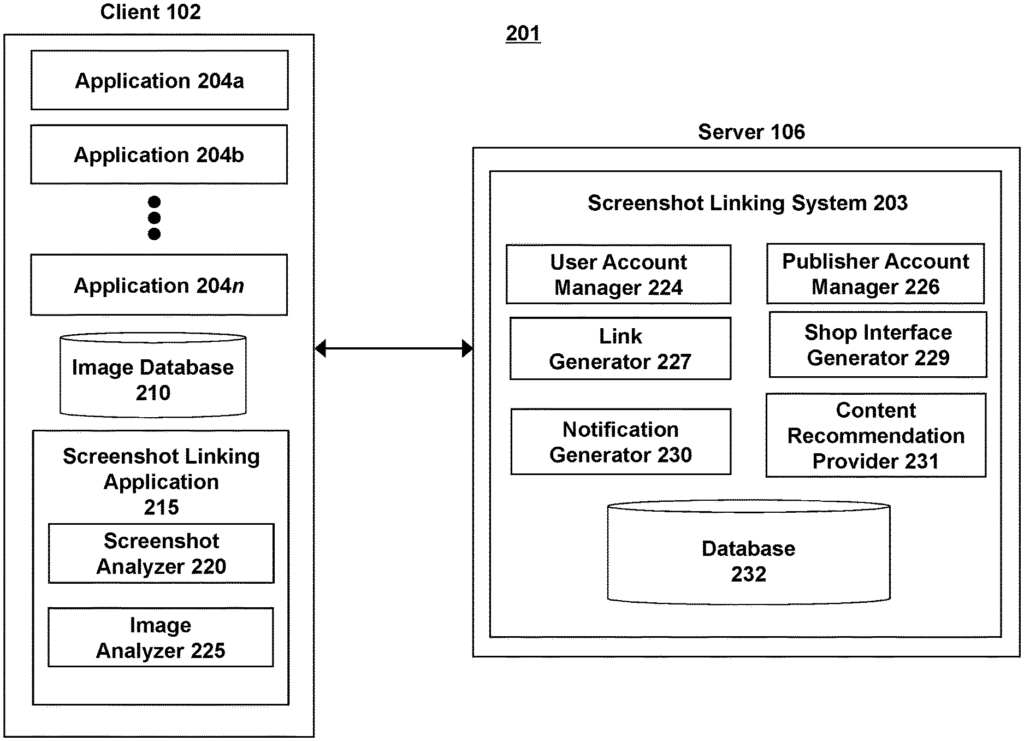
The Rewardstyle Inc invention works as follows
A system to analyze screenshots” can consist of a computing device with a processor connected to a memory, and a display screen that displays content. The system may include an application that is stored in the memory and can be executed by the processor. The application may include a screen capture receiver that is configured to retrieve a snapshot of the content displayed in the display screen taken using the screenshot function on the computing device. This screenshot includes an image and predetermined marker. The application can contain a marker detector configured to detect the marker in the screenshot. The application can also include a link identifyr that uses the predetermined mark to identify a hyperlink to a resource associated with the image in the screenshot. This resource is accessible via the link by the computing device.
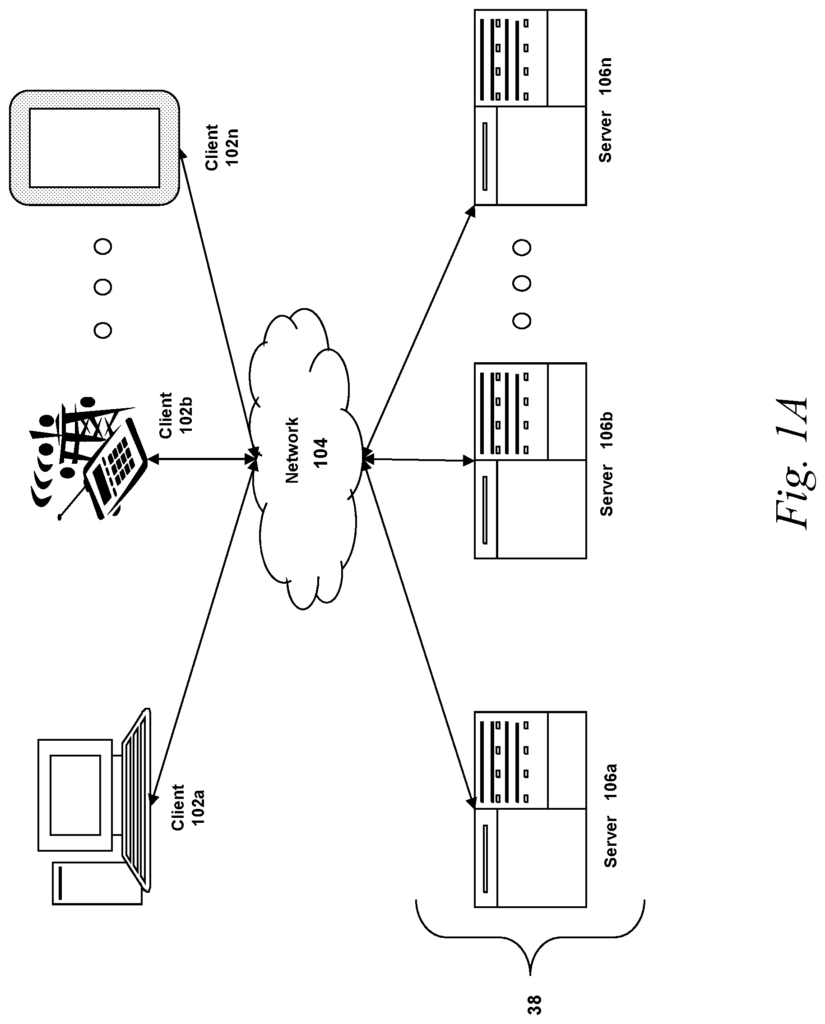
Background for Systems and Methods for Screenshot Linking
Companies are able to use the Internet as a tool for advertising and promoting their products or brands. Client devices allow users to view content from companies via a web-browser or other applications. Some users will take screenshots of content on their client devices that they find interesting.
Systems and Methods of the Present Solution are directed at linking screenshots to additional resources.” Content is often produced by consumer products companies and published on the Internet. A company might have a website that includes web pages dedicated solely to its brands or products. Some companies promote their products and brands through social media websites or third-party web pages. Many companies, for example, have accounts on sites such as Facebook and Instagram. Users can access content published by companies by visiting their web pages, or those of third parties on which they publish content. Users may also view content published on a company’s website using an app on their client device. This could be a mobile application that is associated with the social media site on which they publish content.
Users can save images from the Internet that interest them to their devices. This can be done by taking a screenshot while the device is displaying the selected content. A screenshot is an image that represents a part or the entire graphic user interface on a display device. A screenshot taken while the client is displaying content from a company, (for instance, using a web-browser or third-party application), may include all the content the user wants to save and other elements of its graphical user interface. A screenshot can be saved on the client device as an image. Some client devices save screenshots in the image folder. The image folder can store screenshots taken by a client device regardless of what content or application was displayed at the time of the screenshot. The image folder is able to store screenshots from multiple applications on the client device.
Because screenshots are typically only images, it is difficult for an user to find content that is relevant to the image in the screenshot if they only have access to the screenshot. The screenshot, for example, may show an image of a particular product the user is interested in purchasing, but the image file that goes with it does not include any interface through which the user could interact to buy the product. The present disclosure provides methods for linking a screen shot to other resources or content relevant to the screenshot, such as shopping interfaces.
One aspect of this disclosure can be implemented into a system or method for providing an online shop associated with a screenshot. A screenshot linking system with one or more processors is able to identify screenshots from images stored in a device such as the photo roll of a mobile phone that stores both screenshots and photos. The screenshot linking system is able to identify an image within the screenshot. The screenshot linking software can match an image identified with a reference picture from a collection of reference pictures maintained by the system. Each reference image may be linked to a content. In some implementations the link may be a hyperlink to content in a mobile app or on a website. In some implementations the content that is linked to the reference image can also include the image. The screenshot linking system, upon matching an image to a reference picture, can identify a link that is associated with the image. In some implementations the screenshot linking system may generate and send a notification to a device that is associated with the captured screenshot. The notification may include a link to content that corresponds to the image in the screenshot. In some cases, if an image is displayed in the screenshot, it can link to the page of a mobile app or web server, where the user can buy the product or receive more information. If the screenshot image is of a shirt for example, the screenshot linking can identify a page on which the shirt can be purchased and provide a notification that includes a link. In some implementations the screenshot linking system receives a purchase request from the device in response to the user clicking the link. In some implementations it is possible to determine that an image file corresponds with a screenshot. The screenshot can then be analyzed in order to identify the application associated with the screen shot.
As discussed above, some users of computers may want to save screenshots of the content they find interesting, for example, from the web pages of the Internet, or the screens of mobile apps. A screenshot can generate a link that leads to relevant content. It may be helpful to identify the application that is associated with a screen shot in some implementations. A deep link, for example, may be a hyperlink to a specific page or section of an application, like the application used to create the screenshot. In order for the screenshot system to create a deep linking, it may need to identify the application that was active on the display device of the client at the time of the screenshot capture. The screenshot linking system can also be used to process only certain screenshots on a device client, for example, screenshots generated by a limited number of applications. Some applications can be added to a list of those whose screenshots will be linked to other content. To save computing resources, screenshots of applications that are not on the whitelist may not be processed.
One aspect of the disclosure can be implemented into a system or method for determining the identity of an app that is associated to a screenshot. The screenshot linking system is able to identify an image and determine if the image corresponds with a screenshot. The screenshot linking system is able to identify one or several visual elements in the screenshot. The screenshot linking system will then be able to determine the identity of the application that corresponds to the screenshot using the identified visual elements.
As discussed above, screenshots can capture the graphic content on a display of a client device. Some visual elements in the screenshot, however, may not be relevant, for example, elements from the user interface of an active application, or information displayed on the client device such as time, date and battery levels. It can be helpful to separate the content relevant of a screen shot, such as the image provided by the content publisher, and the content less relevant that may be contained within the screenshot. Once an image is identified or extracted, it can be processed in order to determine the watermark and fingerprint that are associated with the image. Watermarks and fingerprints are used to match images with the reference images provided by publishers. The screenshot linking system will notify the user via their device if they take a screenshot that matches the reference image provided by a content publisher. Content publishers and advertisers can then provide users with relevant content based on screenshots taken by users.
This disclosure has a number of aspects that can be implemented into a system or method for analyzing a picture within a screenshot. A screenshot can be used to identify and/or extract an image. The watermark on the image can also be identified. Watermarks can contain additional information about the image. In some cases, the watermark may include data that represents a link to an image-related page on a mobile app or web server. The link could be a hyperlink to the content of an image. In some implementations the link may be a content link of the advertiser or entity who published or provided an image. In some implementations the screenshot linking system, upon identifying the content link, can send a notification including the content link to the client to allow the user to access additional information about the image in the screenshot.
Another feature of this disclosure can also be implemented in the method for analyzing a picture included within a screen shot. A screenshot can identify and/or extract an image. A fingerprint of an image can be created by the screenshot linking software or mobile applications that correspond to the screenshot link system. The screenshot linking system will then be able to identify a fingerprint that is a match for the fingerprint on the screenshot image. When the screenshot linking system determines that the fingerprint on the image of a screenshot matches the fingerprint of a reference image, it can identify a hyperlink to the content associated with the screenshot. The screenshot linking system will then send a notification to the device’s user, including the link. The screenshot linking system will then provide relevant content to the user based on the images in the screenshots taken by the user. Advertisers or content publishers will be able to send relevant links to users to increase engagement.
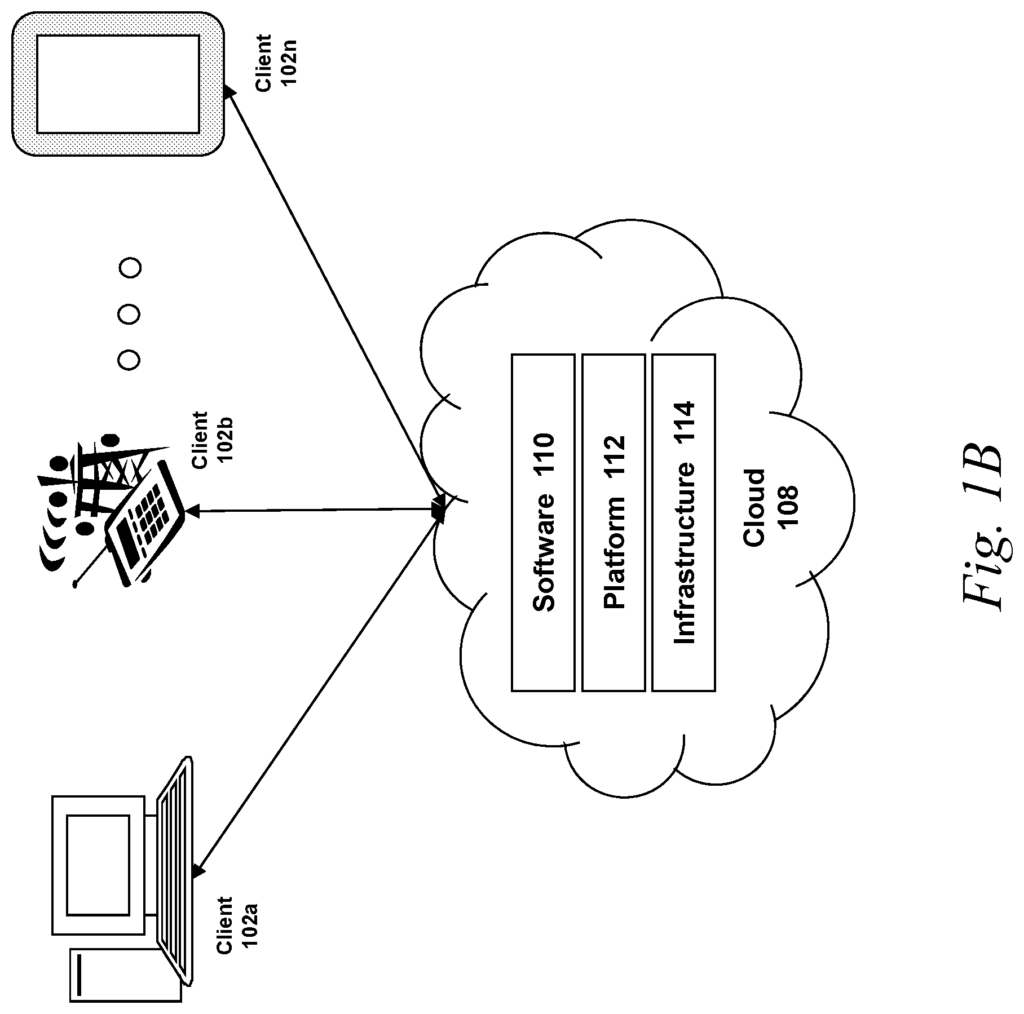
Users who take screenshots of certain types of products might not be interested in products of a different type. Users may be more interested in products that look similar to screenshots. The user is more likely to buy a similar product to those shown in screenshots taken by the user. In some implementations the screenshots of the user and their purchasing decisions, as well those of other users can be used to form the basis of a product recommendation.
One aspect of the disclosure can be implemented into a method to provide a product recommendation for a user. The screenshot linking system may build one or several recommendation engines to provide recommendations to one or multiple users. Models that use input data can be used by the recommendation engines to produce output data, such as recommendations. Input data can be used to train a model by the recommendation engine. Models can be continuously learning and adaptive.
In some implementations, a recommendation engine can be set up to make recommendations based on screenshots. The recommendation engine may recommend products similar to those identified in screenshots taken by the user. In some cases, the recommendation engines can use screenshots taken by other users to determine if they are similar. The recommendation engine can then generate product recommendations based on the screenshots and images that are included in screenshots taken by other users.
In some implementations, a recommendation engine can be set up to identify users who are similar based on screenshots taken by each user. The recommendation engine can then recommend products to users who are similar to that user. Advertisers or other content providers can also create marketing or advertising campaigns aimed at users who are similar and are likely to be interested in their products. The recommendation engine may be configured to create a mode that identifies users who are similar based on screenshots.
Accordingly, according to an aspect, a plurality first of user profiles for a plurality users can be generated based on screenshots of the plurality users. It is possible to determine a plurality of categories that the user profiles fall under. Each user profile may be assigned to one or more categories. For each category, a recommendation model can then be created. It is possible to identify a second user profile that was not part of the first set. It is possible to identify the category that should be assigned to the second profile. The second user can receive a product recommendation based on which category the second profile belongs.
Accordingly to an alternative aspect, the system for linking screenshots can receive multiple screenshots taken by a user’s device. The screenshot linking system is able to identify images in the screenshot. The screenshot linking system is able to identify from images one or more categories that the images belong to. In some cases, categories are based on specific topics such as furniture, electronics, clothing, etc. In some cases, the categories are based on brand names. In some cases, categories may be based on another attribute. The screenshot linking system, based on the categories that the screenshots fall under, can create a profile of the user based on those categories. A recommendation engine, which uses data from many users, allows the screenshot linking system to provide product recommendations (or general content) based upon a comparison between the user profile and screenshots of other users.
At the very least, one aspect of this invention can be implemented in a method for analyzing screen shots to identify links to resource. A screenshot taken using the screenshot function of a computing device can be accessed by an application running on the device. The screenshot includes an image as well as a predetermined mark. The application can detect the predetermined mark included in the screenshot. The method includes identifying by application using the predetermined mark a link to an image included in a screenshot. The method may include accessing the resource through the link.
In some implementations the storage where the screenshot is saved can be accessed by multiple applications running on the computing device. In some implementations the predetermined mark can be a visual indicator added to the screenshot image. In some implementations the predetermined mark can include metadata that uniquely identifies the image in the screenshot, or the image may be encoded with the data corresponding the predetermined markers. In some implementations the predetermined mark can be a code consisting of a string characters.
In some implementations, a method may include comparing a predetermined marker with a plurality reference markers. The method can also include determining whether the predetermined mark and one of a plurality of references markers match. The method can also include selecting the link to a resource based on one of a plurality of references markers.
In some implementations, the resource can be accessed via the link in response to the selection of the notification that includes the link. In some implementations the application can consist of a first app and the link may include a deep-link corresponding to the resource in a second app executable on a computing device.
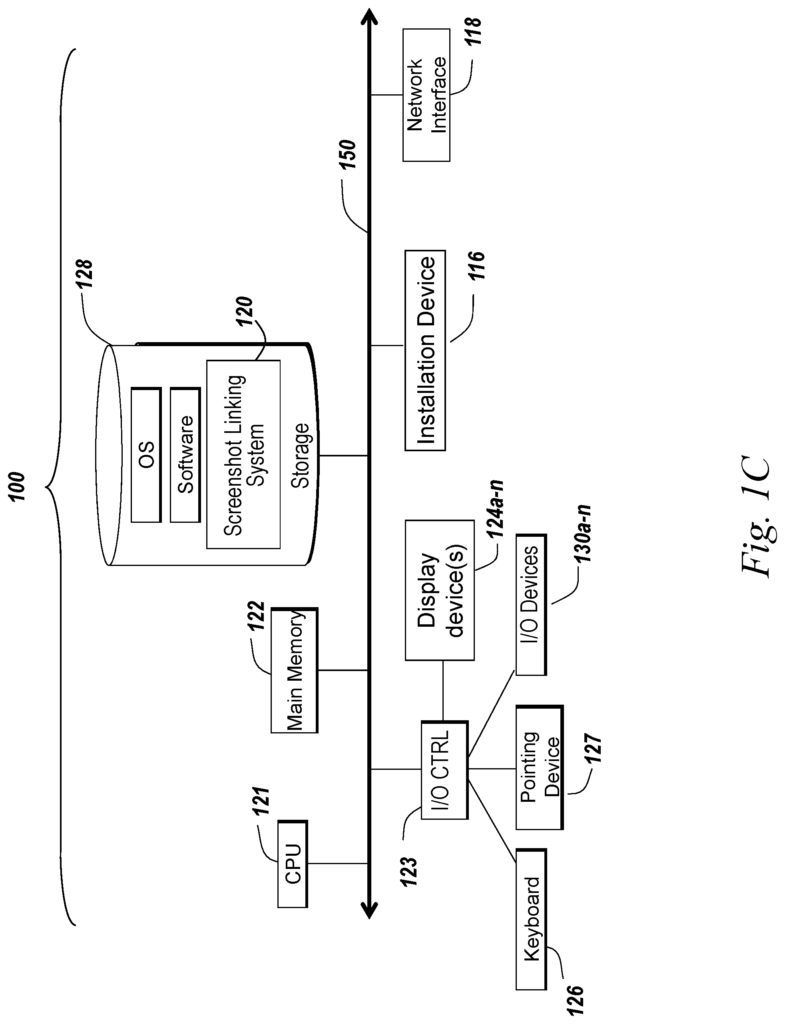
Another feature of this disclosure is a system that analyzes screenshots in order to identify resources. The system may include a computing unit with a processor connected to a memory, and a display screen that displays content. The system may include an application that is stored in the memory and can be executed by the processor. The application may include a screen capture receiver that is configured to retrieve a snapshot of the content displayed in the display screen taken using the screenshot function on the computing device. This screenshot includes an image and predetermined marker. The application can contain a marker detector configured to detect a predetermined marker in the screenshot. The application can also include a link identifyr that uses the predetermined mark to identify a hyperlink to a resource associated with the image in the screenshot. This resource is accessible via the link by the computing device.
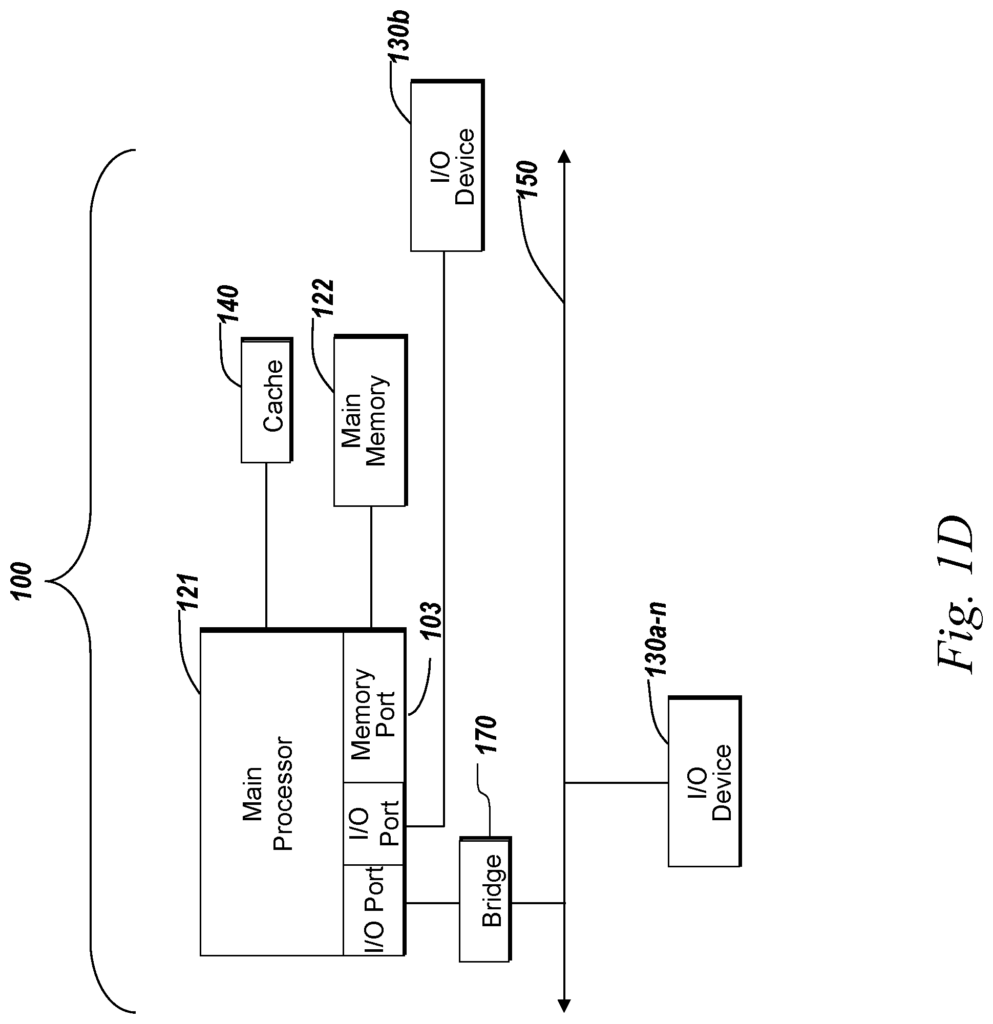
Click here to view the patent on Google Patents.
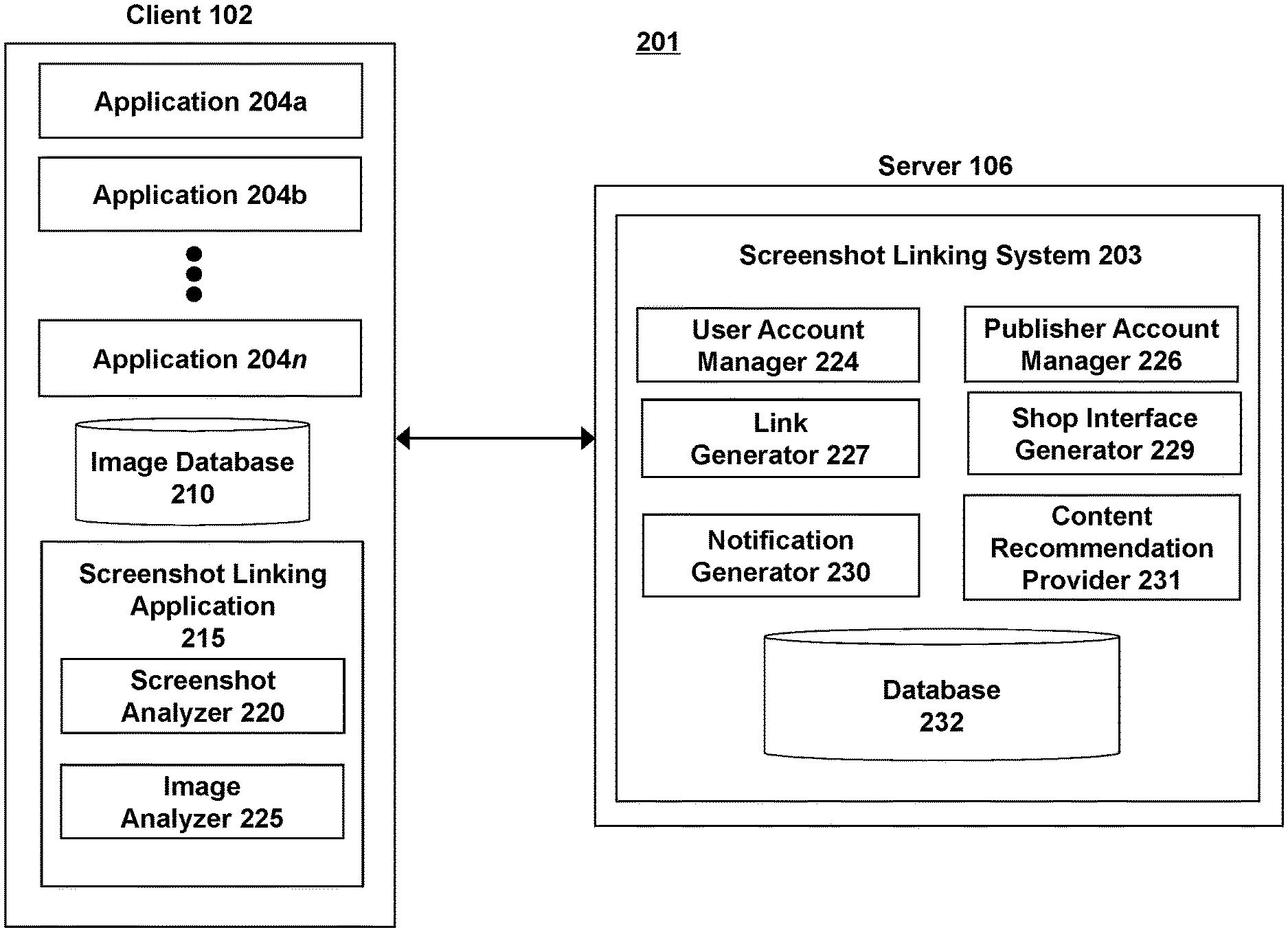
Leave a Reply